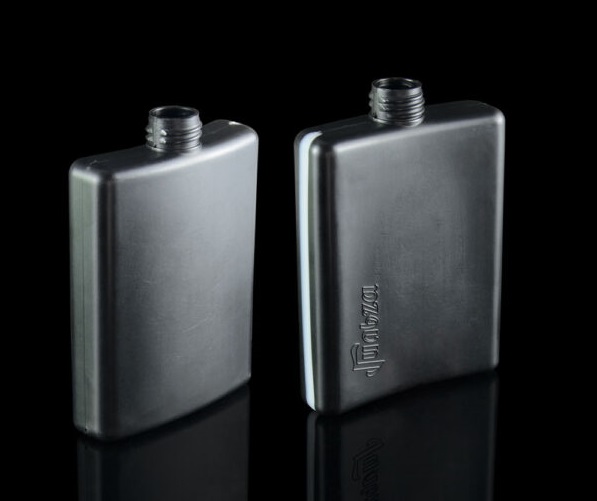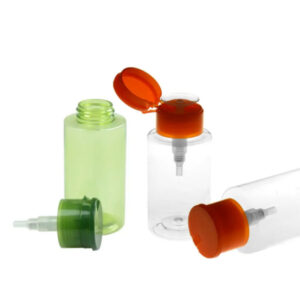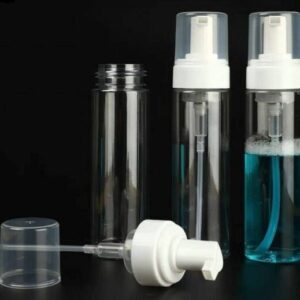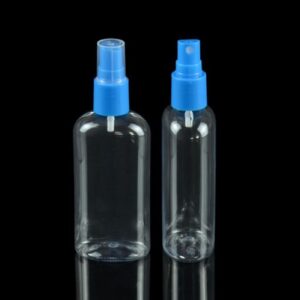The bottle refers to a bottle made of high-density polyethylene (HDPE) plastic material. HDPE is a thermoplastic polymer that is known for its high strength and durability, making it suitable for various applications, including bottle production.
The function of an HDPE bottle can vary depending on its design and purpose. Some common uses of HDPE bottle include packaging and storing liquids, such as beverages, cleaning products, chemicals, and personal care items. HDPE bottles typically come with secure caps or closures to prevent leakage and ensure product integrity.
There are several advantages of using HDPE bottles:
Strength and durability: HDPE is a rigid and robust material that can withstand impact and pressure, making HDPE bottles resistant to breakage. This feature is especially beneficial for packaging products that require protection during transportation and storage.
Chemical resistance: HDPE is known for its excellent resistance to chemicals, including acids, solvents, and various oils. This makes bottles suitable for storing and transporting a wide range of products without the risk of degradation or contamination.
Recyclability: HDPE is widely recognized as a highly recyclable material, meaning that HDPE bottles can be collected, processed, and reused to create new products. This provides environmental benefits by reducing waste and conserving resources.
HDPE is a widely recyclable material. This means that the bottle can be easily disposed of through recycling programs, reducing its environmental impact. In summary, the HDPE shampoo and shower gel bottle is a convenient and durable packaging option for these personal care products. Its functionality, ease of use, and recyclability make it a popular choice among consumers.




